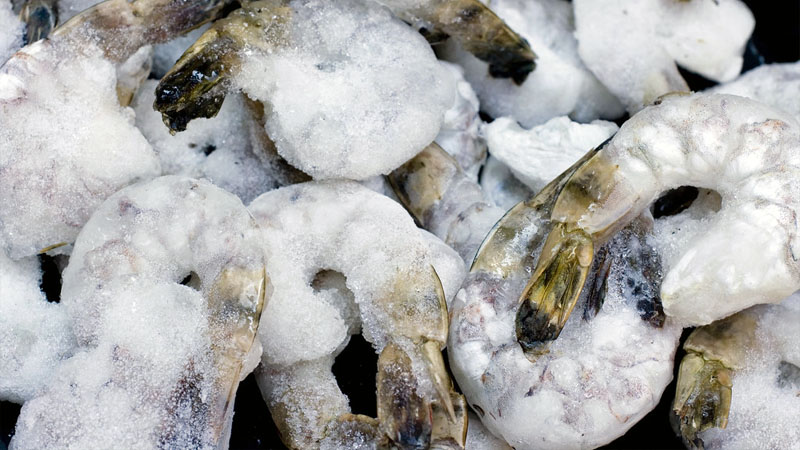Exclusive content

Ecuador, a leading shrimp exporter, faced a marked downturn in September 2024 as frozen shrimp exports fell by 11% year-on-year, according to the National Chamber of Fisheries of Ecuador (CNA). The primary cause of this contraction stemmed from weaker demand in key Asian markets, especially China. In terms of export volume, Ecuador shipped 95,213 tons of frozen shrimp in September, marking a significant reduction from the prior year. This slowdown was felt not only in volume but also in value: export revenues dropped 14% to USD 470 million, reflecting a 3% dip in the average selling price to USD 4.93 per kilogram.
In China, the largest importer of Ecuadorian shrimp, import volumes slumped by 18% to 51,109 tons, reflecting broader economic challenges in the region. Meanwhile, exports to the United States—a crucial market outside of Asia—tumbled more sharply, declining by 31% to 14,218 tons. This double impact of reduced Asian demand and a sharp fall in US purchases has made Ecuador’s shrimp industry particularly vulnerable this year.
Growth in Smaller Markets Provides Limited Relief
While major markets stalled, Ecuadorian shrimp found new opportunities in smaller but growing destinations. Exports to Lithuania surged by an impressive 248% to 1,519 tons, while shipments to the United Arab Emirates rose by 164% to reach 1,183 tons.
France and Russia also saw robust increases in demand, with exports rising by 46% to 3,572 tons and by 47% to 3,241 tons, respectively. However, despite these strong gains, smaller markets remain limited in scope and scale compared to the traditionally dominant markets in Asia and the United States, leaving Ecuador’s shrimp sector highly exposed to shifts in major regions.
Year-to-Date: Volume Holds Steady, Value Declines
Despite the challenges of September, Ecuador’s cumulative shrimp export volume in the first nine months of 2024 remained relatively stable at 913,167 tons. However, the value of these exports fell by 7% to USD 4.47 billion.
China accounted for the largest portion of this volume at 490,342 tons, albeit a 10% decrease from the previous year. Surprisingly, US imports rose by 8% year-to-date to reach 165,244 tons, indicating that while September showed weakness, demand in the US market has held up over a broader timeframe.
In a notable development, Taiwanese imports of Ecuadorian shrimp skyrocketed by 1,905% to 9,470 tons, with Japan also demonstrating a robust appetite as its imports more than doubled to 10,427 tons.